1) What is the ecliptic?
It is the plane of the Earth's orbit around the Sun
2) What is the difference between a sidereal day and a solar (synodic) day?
A sidereal day is according to the stars
A solar day is one spin according to the Sun
3) What is the structure of the terrestrial planets? (Just list them.)
Thin atmosphere over rocky crust over rocky mantle over rocky core
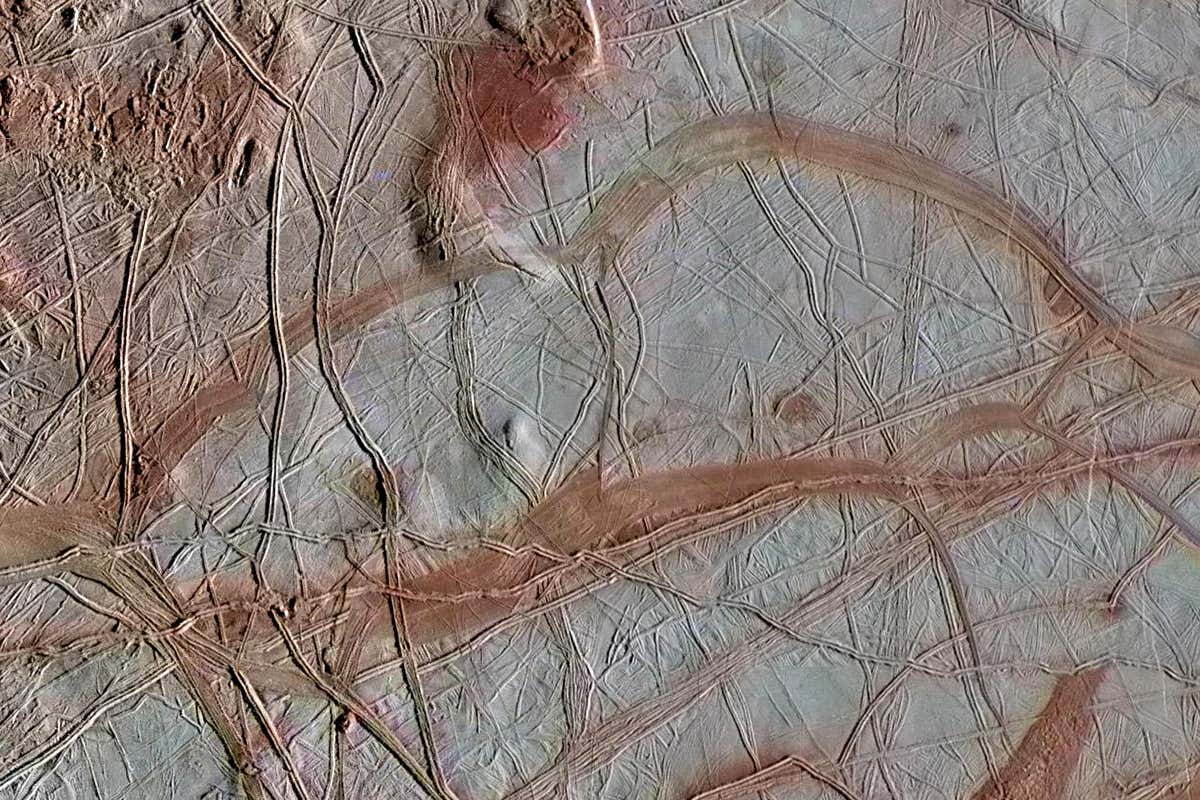
4) Is the above picture a gas, solid, or liquid surface? What clues tell you which is correct?
Solid- I can easily see well-defined features.
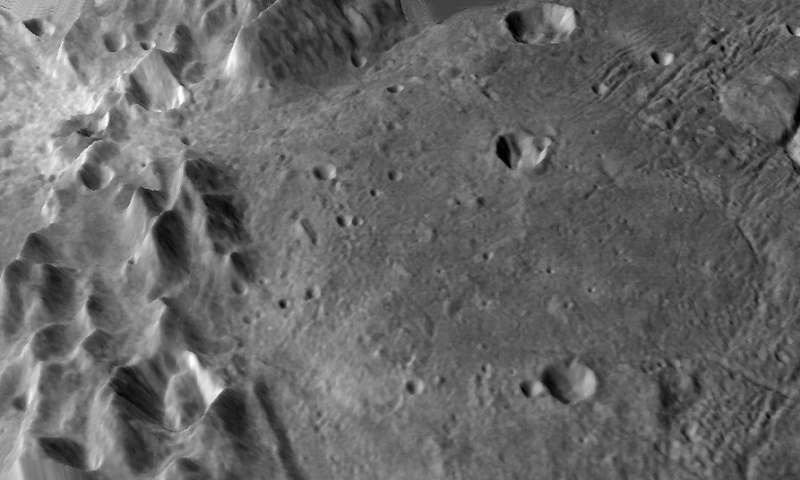
5) About how old is the surface in the above image? Assume it is about the size of Missouri.
Pretty old, but it doesn't look saturated. I can count 40-60 craters, so I would presume 2-3 Gyrs old.
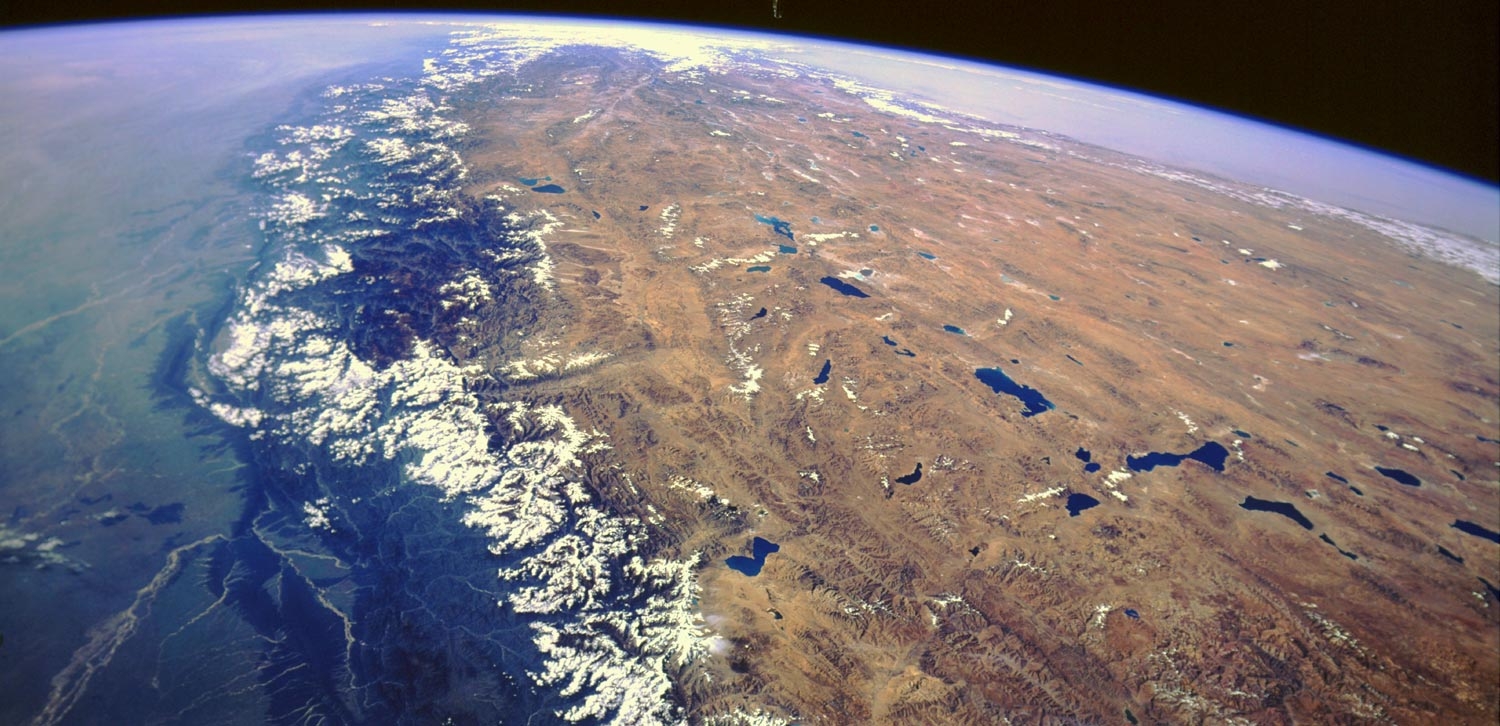
6) What process is the reason there are no craters visible in the image above?
The mountain range makes plate tectonics obvious. But the river beds and lakes could also indicate water erosion.
7) In the Image for question 6, what is the difference between the white and the brown? (One thing, the cause for the color difference.)
Composition- the white is snow, the brown is rock.
8) What is the point of science? (Why do we do science?)
To learn about and understand the world and universe around us.
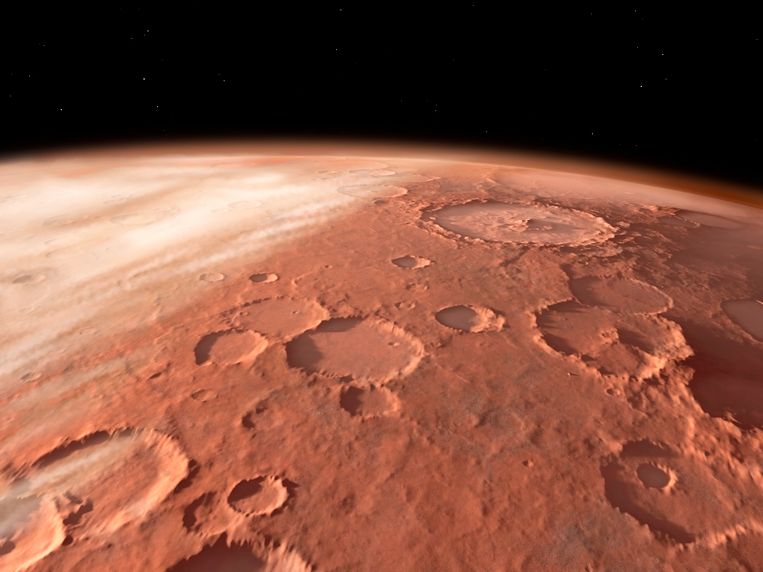
9) About how old is the surface in the above image? If you think the surface is less than 4 Gyrs, provide a process which has erased/covered craters.
Lots of craters, but some smooth areas too. Again, 2-3Gyrs old, I would estimate. As I can see clouds, I would presume wind erosion is why they've been erased.
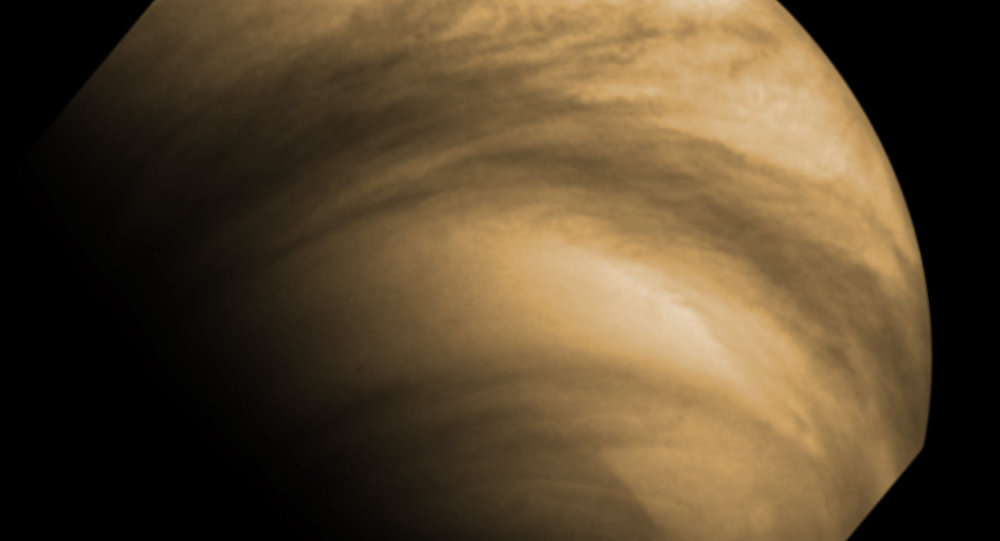
10) Is the above picture a gas, solid, or liquid surface? What clues tell you which is correct?
Gas- swirly features and no well-defined features.
11) The Earth-Moon system has been the same (rotation period, orbital period, distance between them) since they were formed? (True or false)
False.